In this post, we will see the concept of a lightning arrester.
Lightning is very dangerous for electrical equipment. As it has a very high voltage, the power lines coming under it will be subjected to overvoltage.
This overvoltage can trip and damage the circuit. To prevent this, a lightning arrester is used. In this post, we will understand the concept of a lighting arrester.
How does Lightning Damage Electrical Equipment?
Electrical surge strikes have a very high amount of voltage and when it hits any equipment, it automatically passes this high surge voltage to the device and damages it.
High currents at fast wave fronts occur causing large electromagnetic fields which are then induced into your electrical and data communication cabling. Equalization then occurs which can damage the equipment.
These surges are very short-lived, momentary bursts of energy that drive tremendous amounts of current into an electrical circuit for a few millionths or a few thousandths of a second.
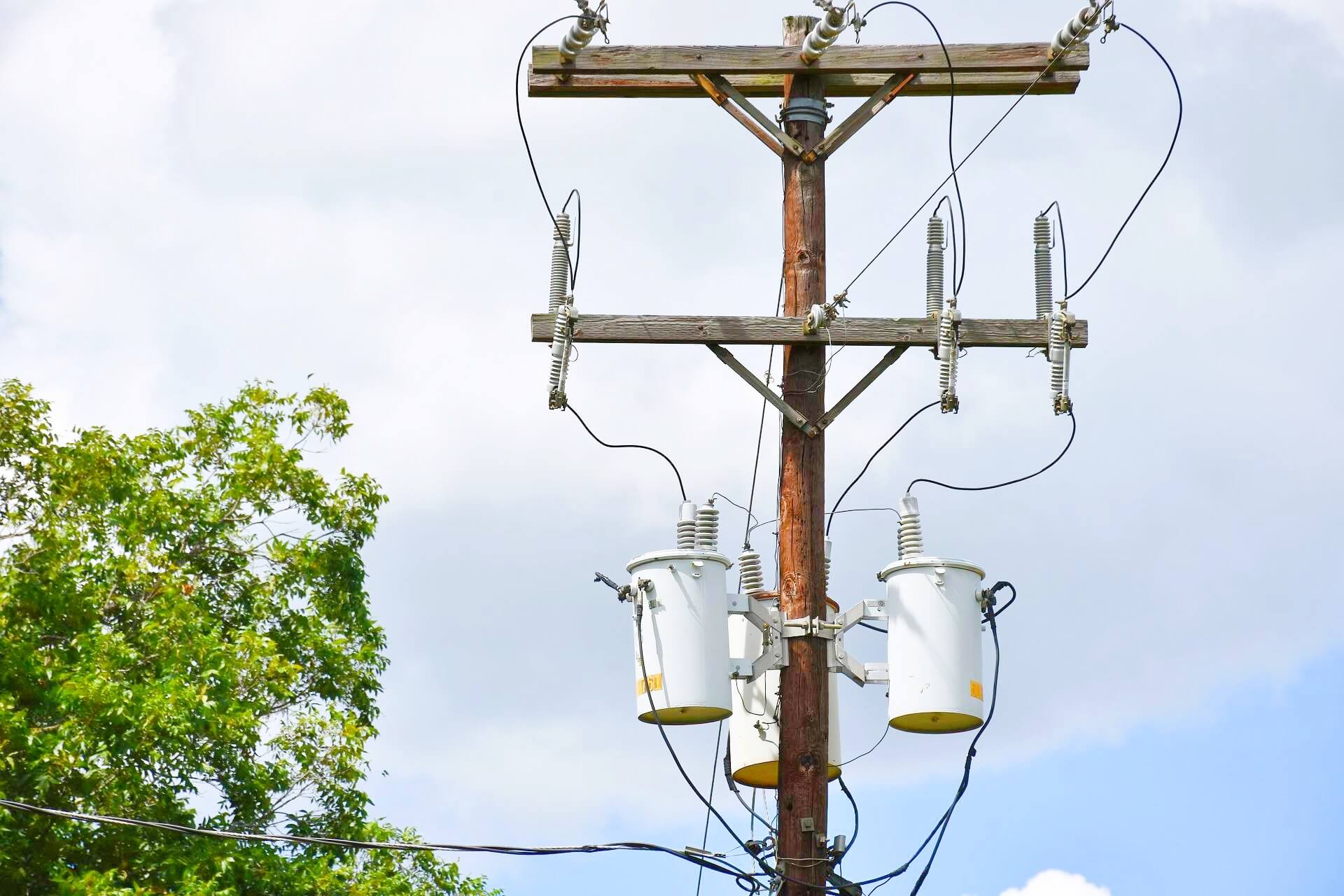
Additionally, semiconductors are extremely common in electronics and a lightning-induced surge will almost always exceed the voltage rating of these devices. This causes them to fail or alter their electrical characteristics so that they no longer function effectively.
Damage associated with over-voltage exposure increases with electronic technology advances because the components tend to become smaller. As the size is reduced, so is the microscopic spacing of insulators and circuits within the components which makes them more susceptible to over-voltage damage.
Strikes come in two types – direct and indirect.
A direct strike can immediately cause a fire in the system, and an indirect strike can induce a large amount of voltage as discussed earlier.
What is a Lightning Arrester?
As the name suggests, the lightning arrester is used to prevent electrical lightning or surge strikes from damaging electrical equipment and lines.
A substation has many devices connected. It is to be noted that the very first equipment in a substation is a lighting arrester. It is the connected phase to the ground, at the incoming feeder, at the terminal of the transformer, the terminal of the capacitor, the terminal of the generator, etc.
The three most used types of the arrester are – metal oxide (MO), non-gapped line arrester (NGLA), and externally-gapped line arrester (EGLA). The lighting arrester is generally used at voltages above 1000 V.
Refer to the below image for understanding it’s working. Suppose a transformer is installed in a power line along with the arrester.
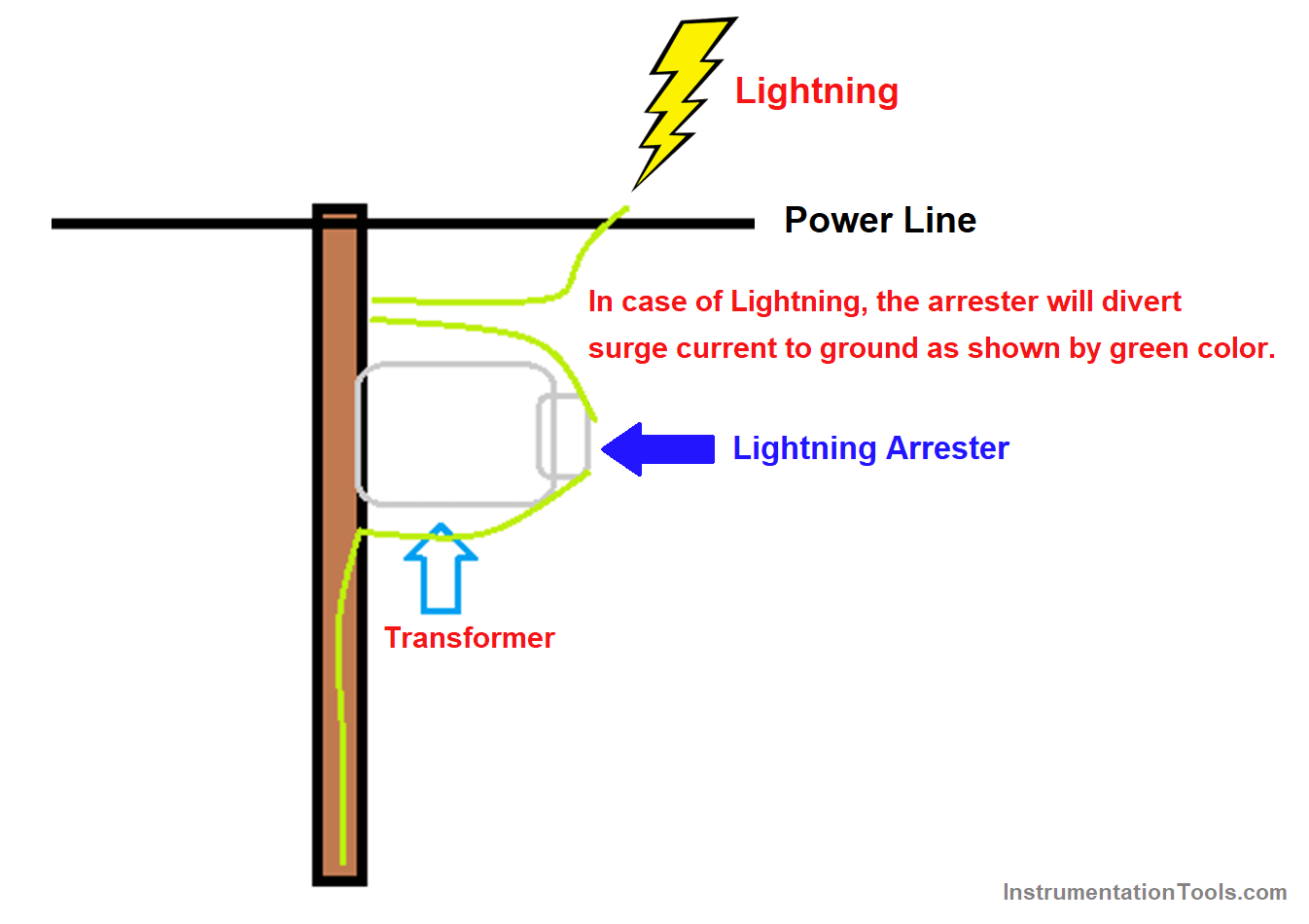
The arrester is always at ground potential. Whenever lightning strikes, the arrester will instead divert the extra surge current generated to the ground. This will prevent the surge current from entering the transformer and damaging it. It must be noted that it will work only if the arrester is connected in parallel to any equipment.
It has a very strong central ion generating system that generates ions and it does not require any external source of power supply. It works on the principle of Corona Discharge.
In Corona Discharge Technology, a region of plasma is produced to ease the flow of current. It helps the Arrester capture all the voltage of the lightning without damaging the essential equipment on target.
How does an arrester divert the lightning?
An arrester consists mainly of a metal oxide varistor (MOV). It is a semiconductor that is sensitive to voltage. At normal voltages, it is an insulator; but at higher voltages, it becomes sensitive and a conductor of electricity.
As semiconductor acts very fast at a quick switching speed, it is a perfect application for an arrester to divert the surge current quickly. MOV is an open switch to normal AC voltage and a closed switch to lightning AC voltages.
As soon as lightning strikes, it becomes activated and immediately conducts this extra current and passes it to the ground as a low impedance path. The drawing shown above is just for representation purposes. In practical terms, the arrester is the first equipment connected, and then comes the remaining equipment in parallel with it.
Once the voltage of the system falls under the fixed value, then the insulation will be restored among the ground & conductor. Further, the current flow toward the ground will be stopped.
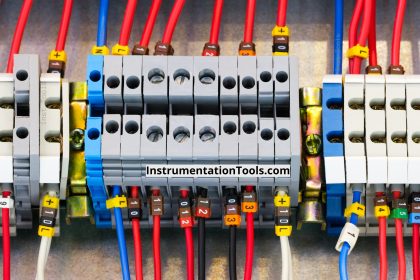
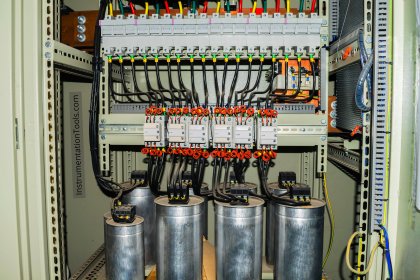
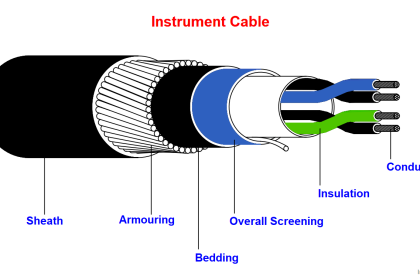
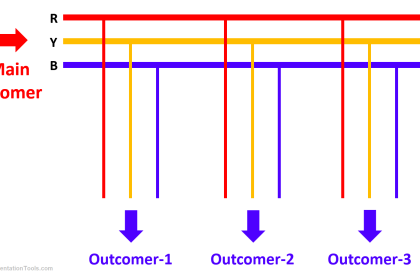

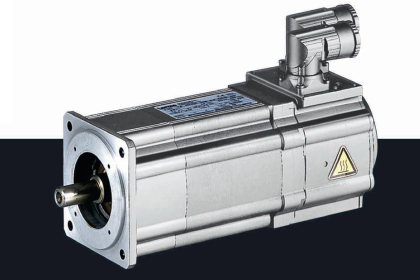
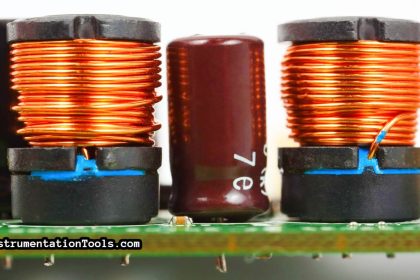
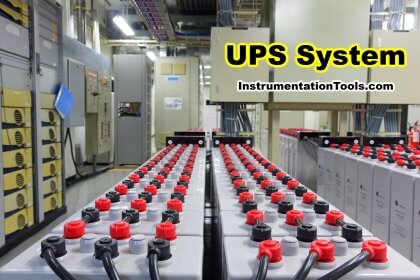
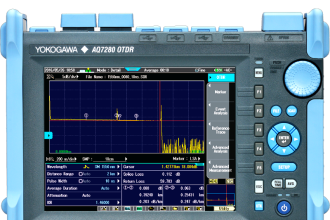
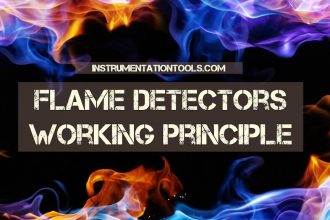
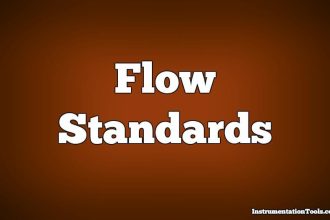


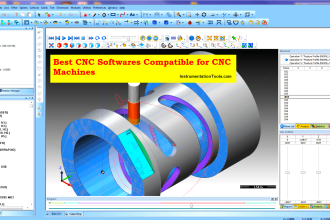
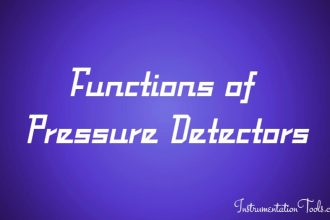
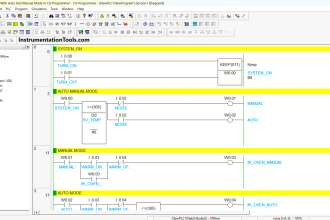

Very good information in simplest way.